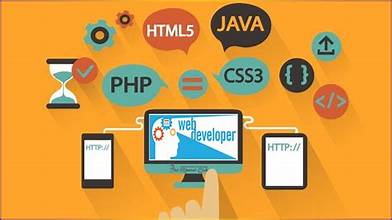
- Introduction
- Overview of web technologies
- Working with HTML
- Working with CSS
- Overview of DOM
- Programming in JavaScript
- Using programming frameworks
- Closing remarks



Project to apply python, html, and web infrastructures
In this course we’ll use low code tools with some python, html, and css to make a web based ticketing app hosted on WayScript.
We aren’t going line by line through code or anything, but I do explain it all as it’s pasted in. The bigger idea in this course is to make a project that you can use on your resume or improve upon your skills with.
We’ll talk about:
HTTP endpoints and responses
Using Python to query and write to a json (tinydb ) file with records of our tickets
Design the ability to create, view, and close tickets
Integrate an oauth connection to slack so we can automatically be notified.
The resources for this course can be found open sourced on github:
The repo can be found under wayscript/code snippets/ internal tools
For html we’re using bootstrap elements that will help speed up the course. Less code and more just over arching ideas of what we’re building and why.
As an instructor, I try to make things as entertaining as possible. Expect frequent “thought” breaks through the use of animations or audio to keep you engaged and learning throughout the entire half hour.
To follow along completely with the course, you’ll need a ( free ) wayscript which will synchronize all of our development environments. Means there’s less setup and less configuring and more actual coding and developing.
2 sections • 8 lectures • 31m total length
